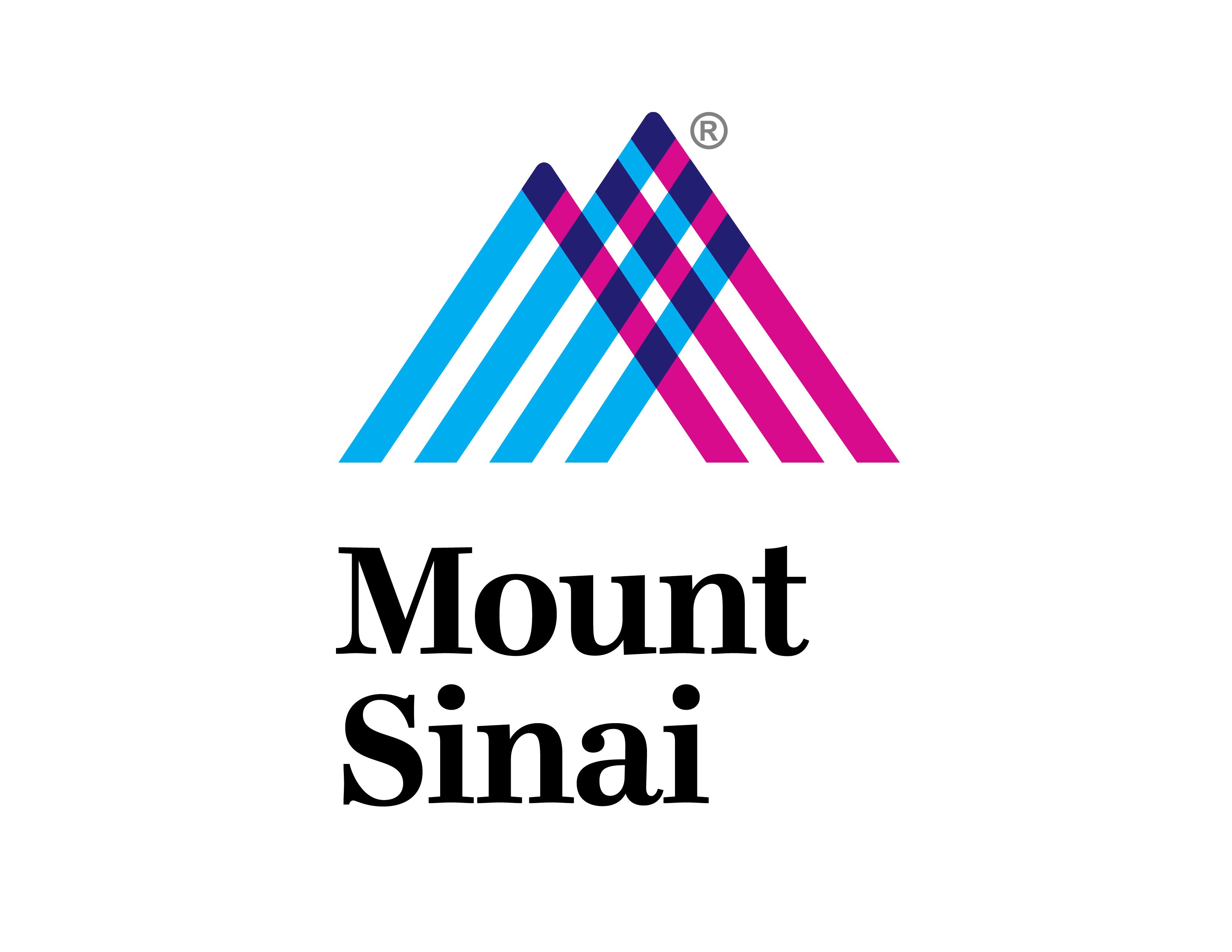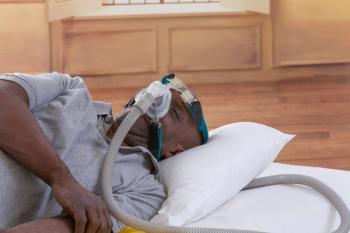
- August 2025
- Volume 31
- Issue Spec. No. 9
- Pages: SP561
Linvoseltamab Added as Preferred Agent in Newest MM Practice Guidelines

Key Takeaways
- Linvoseltamab-gcpt is now a preferred treatment for multiple myeloma after 4 prior therapies, joining other bispecific antibodies in the NCCN guidelines.
- The FDA granted accelerated approval to linvoseltamab based on the LINKER-MM1 trial, showing a 70% objective response rate and 45% complete response rate.
On July 2, linvoseltamab-gcpt (Lynozyfic; Regeneron) received an accelerated approval from the FDA in relapsed/refractory multiple myeloma (MM), and the most recent update to the National Comprehensive Cancer Network guidelines for MM has added the BCMA-targeted bispecific antibody as a preferred treatment option.
When NCCN Clinical Practice Guidelines Version 2.2026
The bispecific T-cell engager antibody, which targets B-cell maturation antigen (BCMA) on MM cells and CD3 on T cells, received an accelerated approval from the FDA on July 2 following positive results seen for response rate and durability of response in the phase 1/2 LINKER-MM1 trial (
Linvoseltamab was previously approved by the European Medicines Agency on April 28, also based on LINKER-MM1 results, but for patients with relapsed/refractory MM who have failed at least 3 prior lines of therapy—also an anti-CD38 monoclonal antibody, a PI, and an immunomodulatory agent.7
“When you have more than 1 drug approved, there is no monopoly,” said Sundar Jagannath, MBBS, professor of medicine at the Icahn School of Medicine at Mount Sinai and LINKER-MM1 trial investigator, in an interview with The American Journal of Managed Care®. “It allows the market to play off, as you have 3 different [B-cell maturation antigen] bispecifics. That's also good for the patients, good for the community.”8
Another significant update to the guidelines comprises revised response criteria for MM, based on new criteria from the International Myeloma Working Group1:
- For minimal residual disease (MRD), there are new criteria for sustained MRD-negative, flow MRD-negative, sequencing MRD-negative, and imaging plus MRD-negative statuses
- For standard response, criteria for the following were all updated: stringent CR, CR, very good partial response (PR), PR, minimal response, stable disease, progressive disease, clinical relapse, relapse from CR, and relapse from MRD-negative status
Per the guidelines, each of these “response categories require 2 consecutive assessments made any time before starting any new therapy.”1 The exception is MRD, in which evaluations are “recommended” after induction, high-dose therapy/autologous hematopoietic stem cell transplant (aHSCT), consolidation, and maintenance.
A new subsection also has been added to the guidelines: “Considerations for Special Populations.” Within the section are recommendations for frailty assessments in older adults and for equitable care in Black/African American individuals, highlighted by details on how the biology of their myeloma differs compared with other populations—they are less likely to have certain high-risk mutations but more likely to have chromosome 14 translocations such as t(11;14), t(14;16), and t(14;20) vs White individuals—and that absent disparate use of novel therapeutics or aHSCT, they potentially have better median overall survival.
There are also updates included in Version 2.2026 that cover initial diagnostic workup and clinical findings, primary treatment and follow-up/surveillance for asymptomatic smoldering myeloma and symptomatic MM, MM with central nervous system disease (another new section), response after primary therapy, disease staging and risk stratification, supportive care, imaging for follow-up, and follow-up surveillance.
References
- NCCN. Clinical Practice Guidelines in Oncology. Multiple myeloma, version 2.2026. Accessed July 30, 2025.
https://www.nccn.org/professionals/physician_gls/pdf/myeloma.pdf - Klein H. FDA approves linvoseltamab to treat R/R multiple myeloma. AJMC®. July 2, 2025. Accessed July 30, 2025.
https://www.ajmc.com/view/fda-approves-linvoseltamab-to-treat-r-r-multiple-myeloma - Lynozyfic (linvoseltamab-gcpt) receives FDA accelerated approval for treatment of relapsed or refractory multiple myeloma. News release. Regeneron. July 2, 2025. Accessed July 30, 2025.
https://investor.regeneron.com/news-releases/news-release-details/lynozyfictm-linvoseltamab-gcpt-receives-fda-accelerated-approval - Hippensteele A. NCCN flash update: linvoseltamab added as preferred regimen after 4 prior therapies for multiple myeloma. Pharmacy Times®. July 18, 2025. Accessed July 30, 2025.
https://www.pharmacytimes.com/view/nccn-flash-update-linvoseltamab-added-as-preferred-regimen-after-four-prior-therapies-for-multiple-myeloma - Shaw M. NCCN guidelines prioritize quad therapy in multiple myeloma. AJMC. November 26, 2024. Accessed July 30, 2025.
https://www.ajmc.com/view/nccn-guidelines-prioritize-quad-therapy-in-multiple-myeloma - Klein H. FDA issues CRL for linvoseltamab in R/R multiple myeloma. AJMC. August 21, 2024. Accessed July 30, 2025.
https://www.ajmc.com/view/fda-issues-crl-for-linvoseltamab-in-r-r-multiple-myeloma - Lynozyfic (linvoseltamab) approved in the European Union for the treatment of relapsed/refractory multiple myeloma. News release. Regeneron. April 28, 2025. Accessed July 30, 2025.
https://investor.regeneron.com/news-releases/news-release-details/lynozyfictm-linvoseltamab-approved-european-union-treatment - McCormick B, Jagannath S. linvoseltamab approval expands access, increases competition in BCMA bispecifics space: Sundar Jagannath, MBBS. AJMC. July 30, 2025. Accessed July 30, 2025.
https://www.ajmc.com/view/linvoseltamab-approval-expands-access-increases-competition-in-bcma-bispecific-therapy-space-sundar-jagannath-mbbs
Articles in this issue
Newsletter
Stay ahead of policy, cost, and value—subscribe to AJMC for expert insights at the intersection of clinical care and health economics.













































